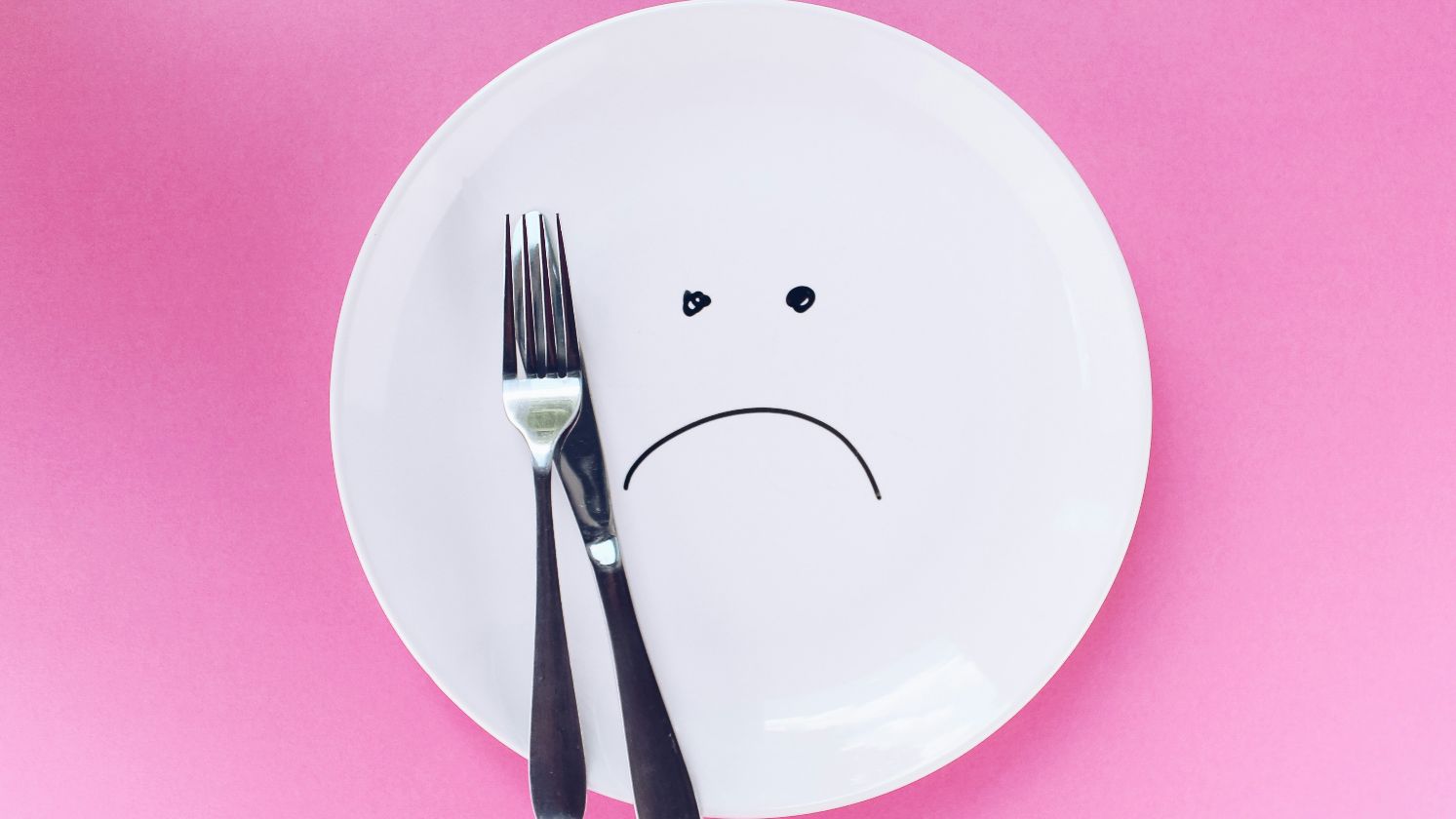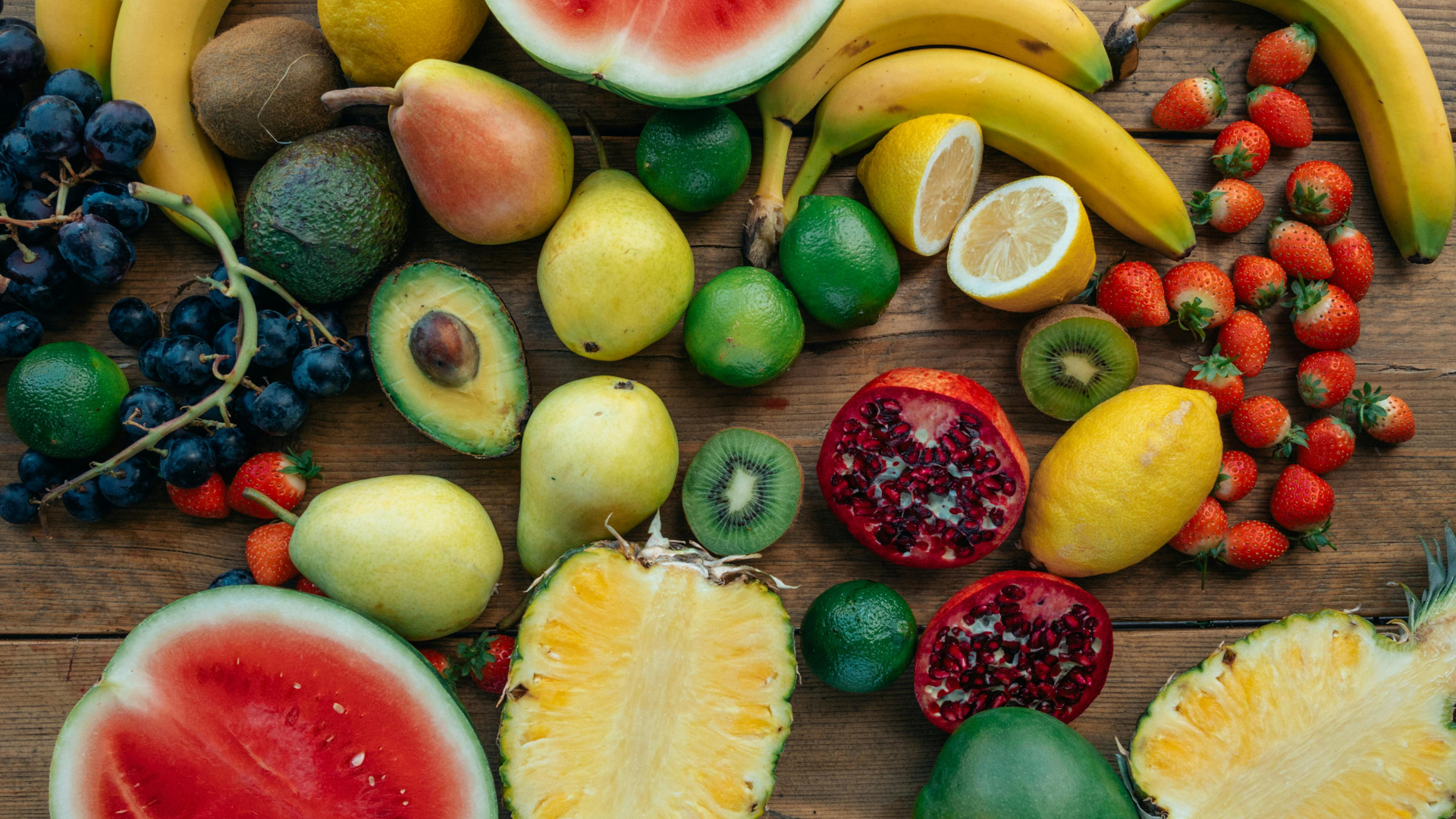Reading Between The Recipes
You’ve probably opened a cookbook expecting help, only to end up confused or disappointed. It happens more often than you think. Perhaps the instructions were unclear, or the layout made things more complicated than they needed to be. Those little frustrations can add up quickly. To save yourself the disappointment, you first need to know the clearest signs that say “avoid.” Here are some hints that you’ve picked up a terrible cookbook.
 ANTONI SHKRABA production on Pexels
ANTONI SHKRABA production on Pexels
1. Confusing Ingredient Substitutions
There’s nothing worse than realizing your pantry is missing a single ingredient, then being told, “Just substitute.” In baking, the margin of error is tiny, unlike in general cooking. Without thoughtful guidance, those few missing words can be the difference between success and failure.
 Photo By: Kaboompics.com on Pexels
Photo By: Kaboompics.com on Pexels
2. Overly Fancy Chef Language
You flip through a recipe, ready to cook, when an unfamiliar word stops you cold. “Chiffonade.” “Julienne.” Suddenly, the flow breaks. Jargon has a way of turning excitement into hesitation. Even chefs sometimes need to double-check these terms.
3. Recipes Without Clear Cooking Temperatures
Time alone doesn’t guide an oven or stovetop. So, if a recipe tells you to “bake until golden” or “simmer until done” without giving specific temperatures or time estimates, take the hint. This can leave dishes undercooked or overdone.
 Panos Katsigiannis on Unsplash
Panos Katsigiannis on Unsplash
4. Impractical Equipment Demands
Most home kitchens hold the basics, not an arsenal of trend-driven gadgets. Recipes asking for equipment like spiralizers or bread machines are impractical for many readers. Cookbooks should focus on dishes that can be prepared with what’s already on hand.
5. Unrealistic Prep Times
You open a cookbook, spot a “15-minute meal,” and think it fits your schedule. Forty minutes later, you're still stirring the gravy. Publishers sometimes shorten numbers to boost appeal, but for readers, these unrealistic claims quickly lead to frustration.
6. Recipes Too Short To Work
Small paragraphs can make recipes look approachable, yet that simplicity is misleading. Missing steps or vague transitions turn what seems easy into a puzzle. Earlier cookbooks often skipped details and expected readers to fill in the gaps.
7. Inconsistent Measurements (Metric Vs Imperial)
You’re halfway through a dish when you realize one step calls for cups and the next for grams. That switch leaves you scrambling. The U.S. still clings to cups, but wrong conversions can throw entire recipes off balance.
8. Overloaded With Stock Photos
Pretty images alone don’t make a cookbook useful. When a photo doesn’t line up with the recipe beside it, the bond of trust is broken. Spotting repeated stock images only makes it worse. Staged photos simply create doubt and confusion.
9. Unclear Storage Or Leftover Advice
Once the meal is cooked, the responsibility shifts to you. If the cookbook skips storage advice, you carry the burden of guessing. Rice, especially, proves how unforgiving it can be. Mishandled, it becomes less of a meal and more of a risk.
10. Recipes That Never Match Results
Home cooks share a familiar tale: following every detail, only to face a result that bears no resemblance to the photo. This disconnect usually points to recipes rushed into print without proper testing. Online, the evidence piles up in endless “expectation vs. reality” comparisons.
So, what makes a cookbook reliable, helpful, and genuinely enjoyable to use? Here are 10 features.
1. Inspiring Introduction Sections
The first pages of a cookbook set the stage. When the introduction is warm and clear, you immediately know what kind of cooking journey awaits. Some chefs weave in family memories, too. That thoughtful introduction earns your trust before the recipes even begin.
2. Reader-Friendly Design
In the kitchen, design choices become tools. Fonts and layout all shape how smoothly you read while working. Although a spiral binding feels small, it changes everything by holding pages flat. A few publishers add water-resistant pages, treating usability as just as important as recipes.
 ANTONI SHKRABA production on Pexels
ANTONI SHKRABA production on Pexels
3. Ingredient Tips & Tricks
You might buy a cookbook for recipes, but the small notes about ingredients often become the most valuable part. Details on how certain spices behave, or how to swap seasonal produce, deepen your knowledge. Even something simple can surprise you and change the way you cook.
4. Nutritional Transparency
When recipes clearly share nutritional details, you can adapt them to fit your needs. Calories, macros, or basic notes on allergies or vegan ingredients give you control over how you cook. Honest transparency shows respect for readers who care about what they eat.
5. Storytelling Around Recipes
Cooking becomes more memorable when recipes carry a story. It might be about where the dish comes from, or the journey of the author creating it. Travel cookbooks thrive on this. The growth of memoir-style cookbooks proves that stories make readers connect deeply with recipes.
6. Seasonal Or Local Focus
There’s a reason seasonal cookbooks feel timeless. Ingredients picked at their peak bring out the best flavors in a dish. Years ago, the farm-to-table movement put this idea in the spotlight. Some cookbooks take it further by including harvest calendars that present fresh choices.
7. Cooking Science Explanations
You can follow directions and get results, but when a cookbook explains the reasons behind them, you gain an edge. Alton Brown turned this into a signature style: mixing science with simplicity. His works were even adopted as teaching tools beyond the kitchen.
8. Versatile “Base” Recipes
Recipes that serve as bases bring diversity. Instead of cooking once and moving on, you build foundations for future meals. They tell you how tomato sauce, bread, or stock can be reused in countless ways. These details make the book much more useful.
9. Pairing Suggestions
A recipe stands taller when paired with the right side or drink. Cookbooks that suggest pairings give you a complete dining experience. Classic examples include wine and cheese notes, and many modern ones also suggest desserts alongside savory dishes.
10. Skill-Building Recipes
You start with a simple recipe, then gradually move toward something more advanced. That progressive build-up improves confidence. Cookbooks designed to teach skills give you more than a single dinner. Julia Child structured her work in this way, which has an enduring impact.
KEEP ON READING

10 Worst Breakfast Chains in the US & the 10 Best

20 Potassium-Rich Foods to Fuel Your Body






















